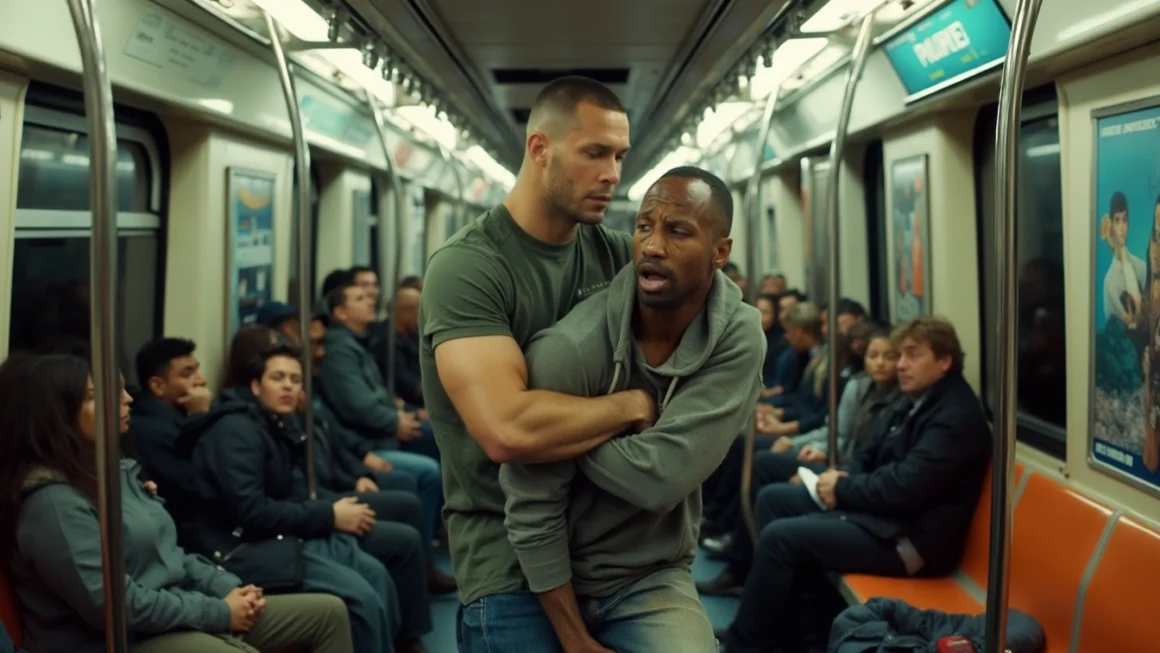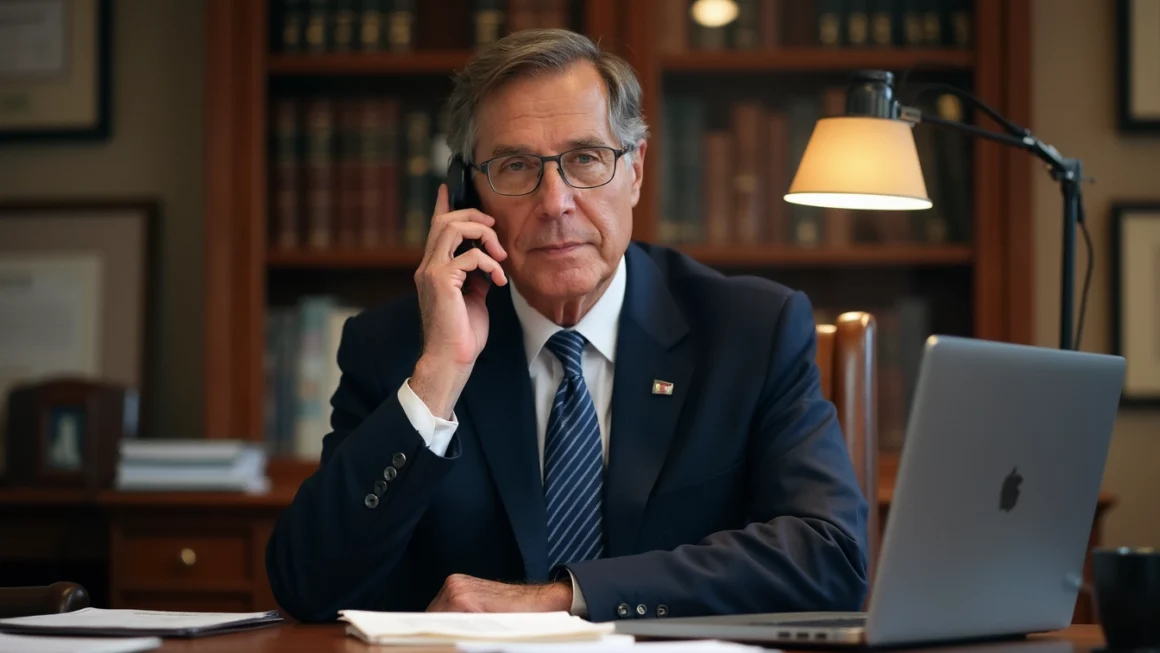Controversial NYC Subway Incident: Marine Veteran Acquitted in Chokehold Death
Table of Contents
In a case that has captured national attention and sparked debates about public safety and use of force, Daniel Penny, a 24-year-old Marine veteran, has been acquitted of charges related to the death of Jordan Neely on a New York City subway in May 2023. The incident, which occurred on an F train in Manhattan, raised questions about vigilantism, mental health support, and the limits of self-defense.
The Incident and Its Aftermath
On that fateful day, Penny intervened when Neely, a 30-year-old man experiencing homelessness and mental health issues, began behaving erratically on the subway. Witnesses reported that Neely was shouting and throwing garbage, causing alarm among passengers. Penny responded by putting Neely in a chokehold, which lasted for several minutes. Tragically, Neely lost consciousness and was later pronounced dead.
The medical examiner ruled Neely’s death a homicide caused by compression of the neck, but the legal question remained whether Penny’s actions were justified under the circumstances.
Legal Proceedings and Public Reaction
Penny was initially charged with second-degree manslaughter and criminally negligent homicide. The case quickly became a lightning rod for public opinion, with some hailing Penny as a hero who protected fellow passengers, while others condemned his actions as an excessive use of force against a vulnerable individual.
During the trial, Penny’s defense team argued that he acted in self-defense and in protection of others, claiming that Neely’s behavior posed an immediate threat to subway riders. Prosecutors, on the other hand, contended that Penny’s use of force was disproportionate and unnecessary.
The Verdict and Its Implications
After deliberations, the jury found Penny not guilty on all charges. The verdict has elicited mixed reactions, reflecting the deep divisions in public opinion surrounding the case. Supporters of Penny expressed relief, seeing the decision as a vindication of citizens’ rights to protect themselves and others in dangerous situations.
Critics of the verdict, however, argue that it sets a troubling precedent and may embolden vigilantism. They contend that the outcome highlights systemic issues in how society deals with mental health crises and homelessness in public spaces.
Broader Societal Issues Brought to Light
The Neely case has reignited discussions about several critical issues:
- Mental health support: The incident underscores the need for better mental health services and crisis intervention programs, particularly for homeless individuals.
- Public safety on mass transit: Questions have been raised about how to ensure passenger safety while also protecting the rights and dignity of all individuals, including those experiencing mental health crises.
- Use of force by civilians: The case has sparked debate about when and how civilians should intervene in potentially dangerous situations, and the legal protections afforded to those who do.
- Racial dynamics: Some observers have pointed out racial undertones in the case, as Penny is white and Neely was Black, raising questions about implicit biases in perceptions of threat and the application of justice.
Looking Ahead: Policy and Social Implications
In the wake of this high-profile case, there are calls for policy changes and increased resources to address the underlying issues:
- Improved mental health services: Advocates are pushing for more funding and better access to mental health treatment, particularly for homeless individuals.
- Enhanced training for transit workers: There are proposals to provide more comprehensive training for subway staff in de-escalation techniques and mental health crisis response.
- Legal clarifications: Some legal experts suggest the need for clearer guidelines on civilian intervention and use of force in public spaces.
- Community outreach: Initiatives to foster better understanding and communication between different segments of society, particularly in diverse urban environments.
The Role of Technology in Public Safety
As cities grapple with these complex issues, technology is increasingly being explored as part of the solution. Automated systems for monitoring and reporting unusual behavior on public transit are being developed and implemented in some areas. However, these technological approaches also raise privacy concerns and questions about the balance between security and individual rights. For those interested in exploring how technology can be leveraged for public safety and crisis response, automation platforms offer tools to create custom solutions tailored to specific community needs.
Conclusion: A Case That Continues to Resonate
The acquittal of Daniel Penny in the Jordan Neely case marks the end of a legal proceeding, but the conversations and controversies it has sparked are far from over. As society continues to grapple with issues of public safety, mental health, and the limits of civilian intervention, this case will likely be referenced and debated for years to come.
The tragedy of Jordan Neely’s death and the complex circumstances surrounding it serve as a stark reminder of the challenges facing modern urban societies. It calls for a multifaceted approach involving law enforcement, mental health professionals, community leaders, and policymakers to create safer, more inclusive public spaces for all.
As we move forward, it is crucial to balance the need for public safety with compassion and understanding for those struggling with mental health issues. The hope is that from this tragic incident, positive changes can emerge that will lead to a safer, more empathetic society for everyone.




